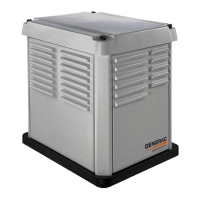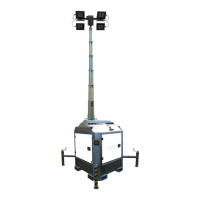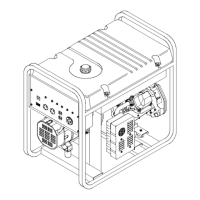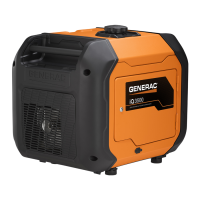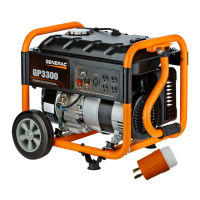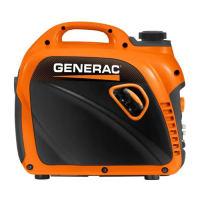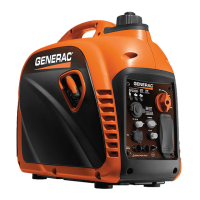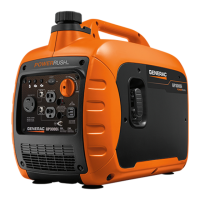PART 4
ENGINE/DC CONTROL
Page 70
Section 4.5
Diagnostic Tests
4. Crank the engine while observing the spark tester. If spark
jumps the tester gap, you may assume the engine ignition
system is operating satisfactorily.
NOTE: The engine flywheel must rotate at 350 rpm (or high-
er) to obtain a good test of the solid state ignition system.
Figure 50. Spark Tester
Figure 51. Checking Ignition Spark
Figure 52. Checking Engine Miss
To determine if an engine miss is ignition related, connect the
spark tester in series with the spark plug wire and the spark
plug (Figure 51). Then, crank and start the engine. A spark
miss will be readily apparent. If spark jumps the spark tester
gap regularly but the engine miss continues, the problem is in
the spark plug or in the fuel system.
NOTE: A sheared flywheel key may change ignition
timing but sparking will still occur across the spark
tester gap.
Results
1. If no spark or very weak spark occurs, go to Test 79.
2. If sparking occurs but engine still won’t start, go to Test
65.
3. When checking for engine miss, if sparking occurs at
regular intervals but engine miss continues, go to Test 57.
4. When checking for engine miss, if a spark miss is readily
apparent, go to Test 67.
TEST 65 – CHECK SPARK PLUGS
Discussion
If the engine will not start and Test 64 indicated good ignition
spark, perhaps the spark plug(s) are fouled or otherwise
damaged. Engine miss may also be caused by defective spark
plug(s).
Procedure
1. Remove spark plugs and clean with a penknife or use a
wire brush and solvent.
2. Replace any spark plug having burned electrodes or
cracked porcelain.
3. Set gap on new or used spark plugs to 0.76 mm (0.030
inch).
Results
1. Clean, re-gap or replace spark plugs as necessary.
2. If spark plugs are good, refer back to flow chart.
Figure 53. Checking Spark Plug Gap
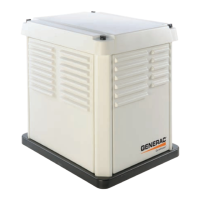
